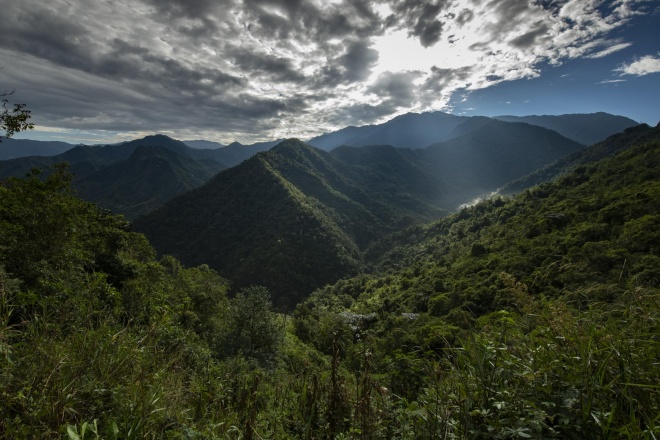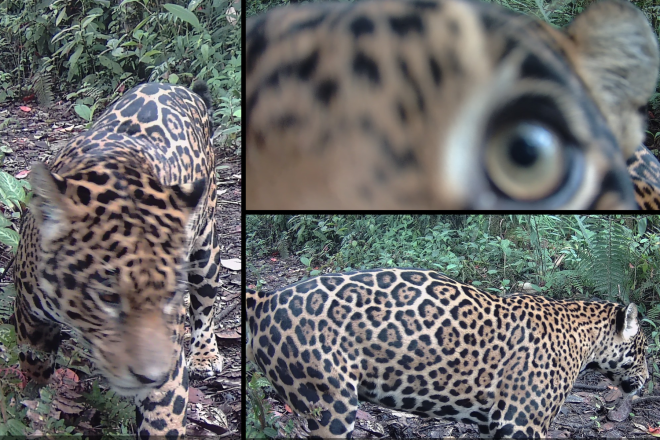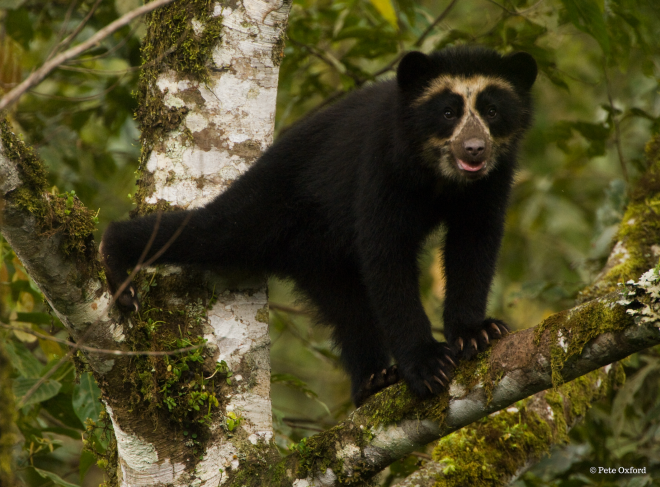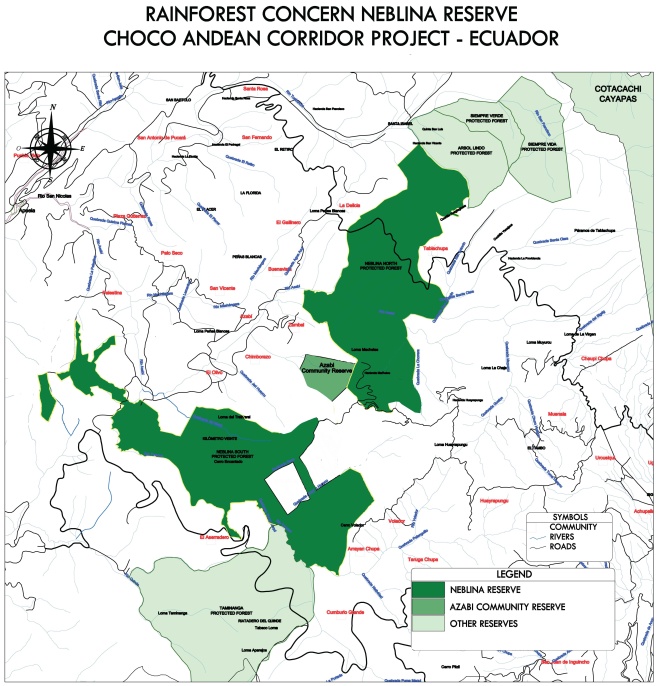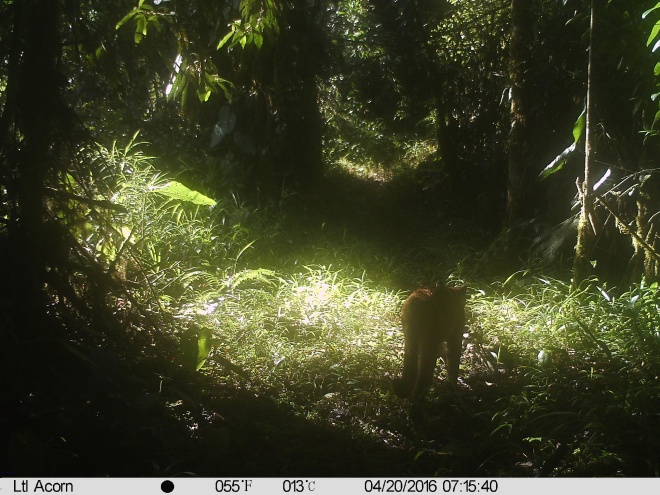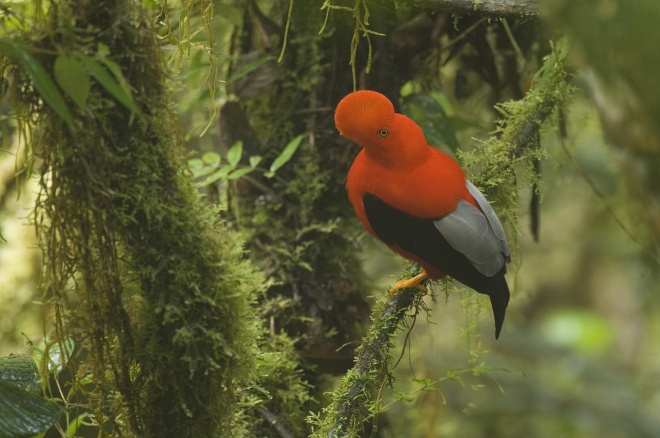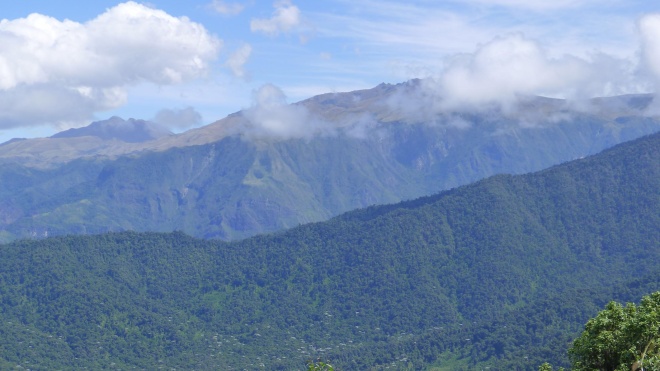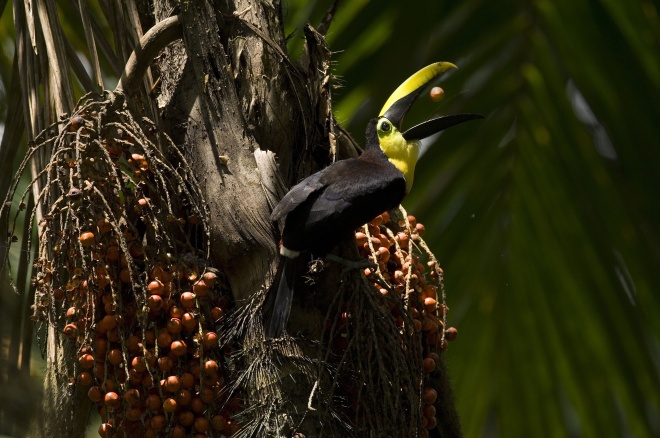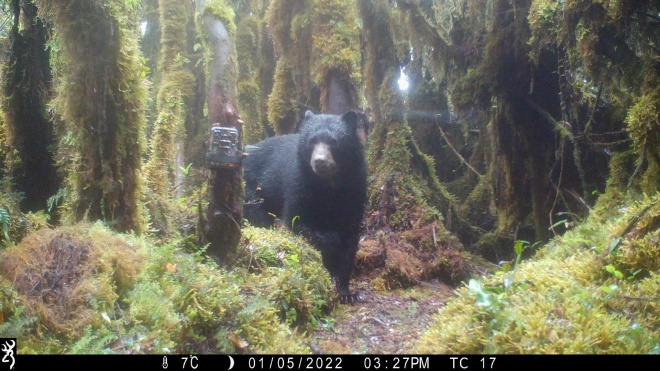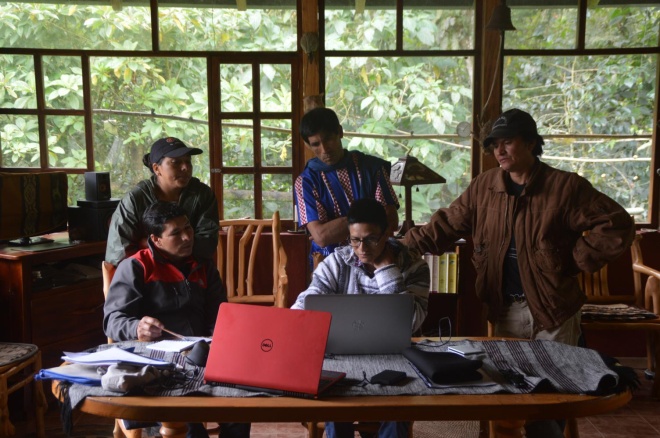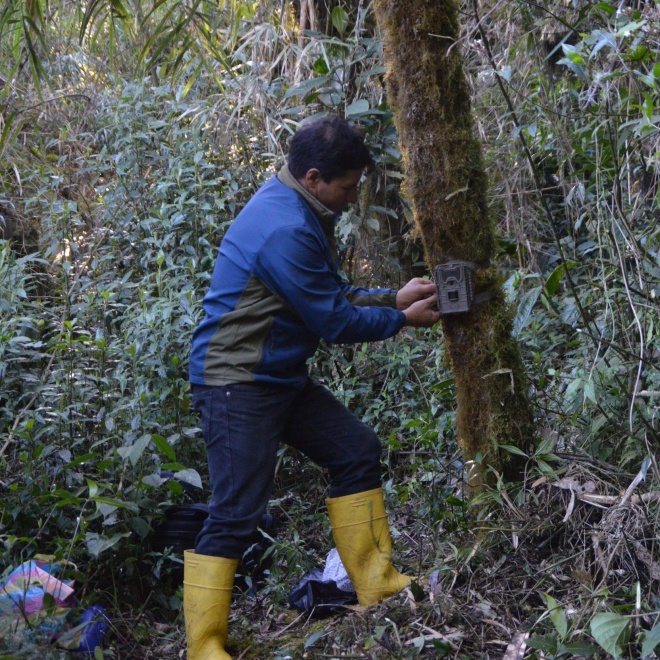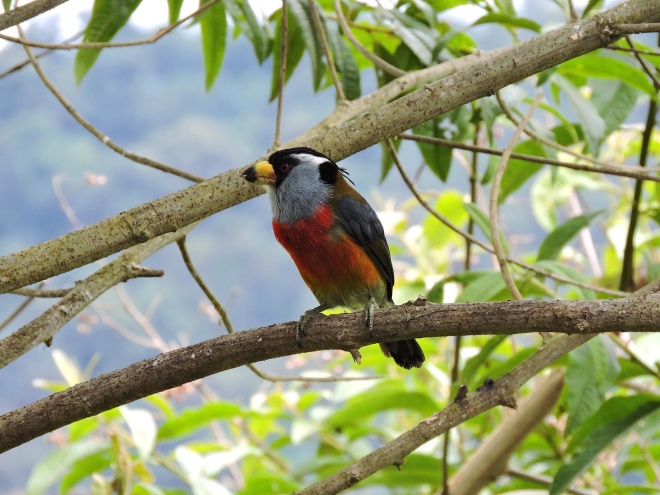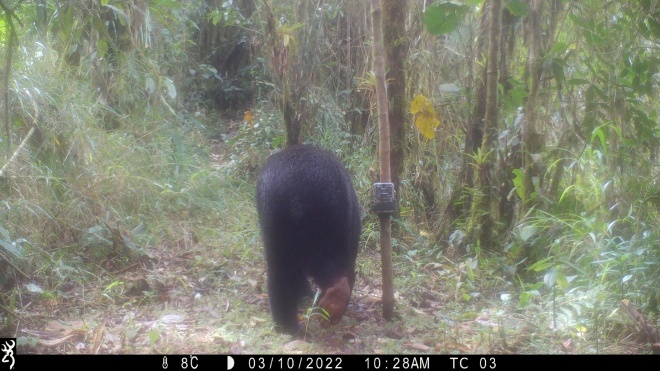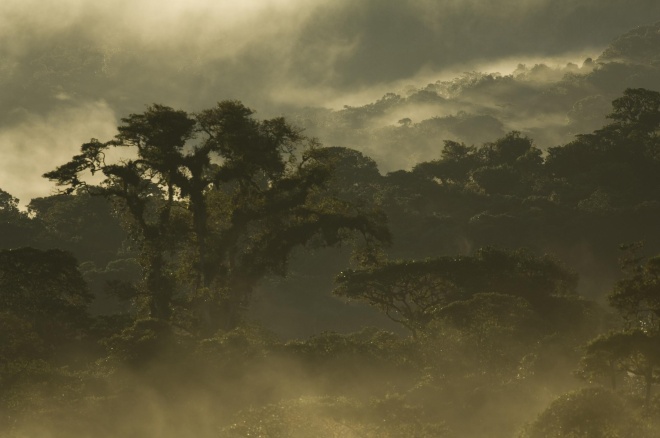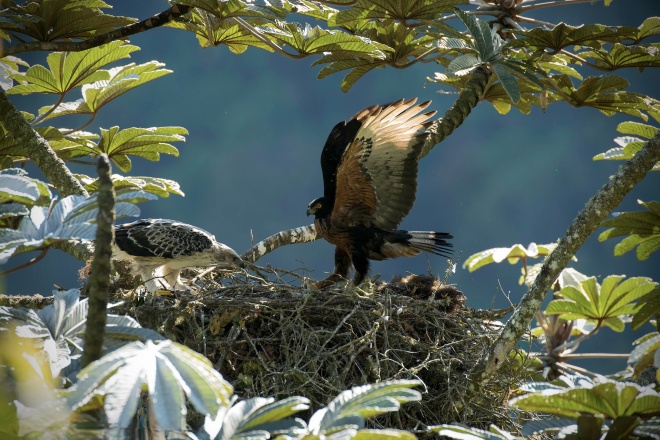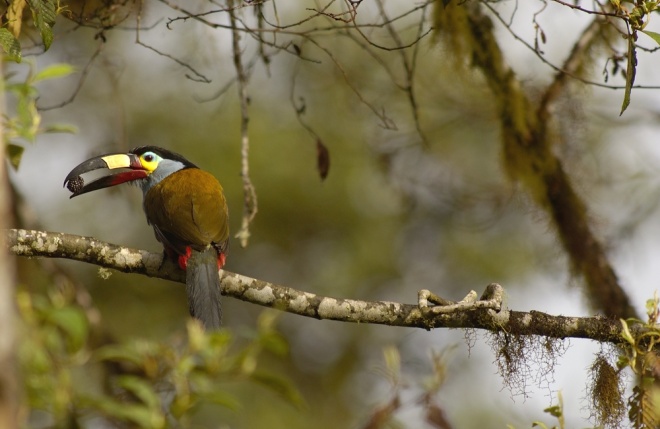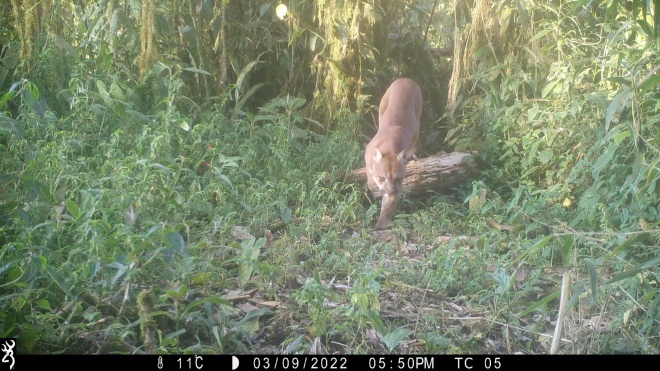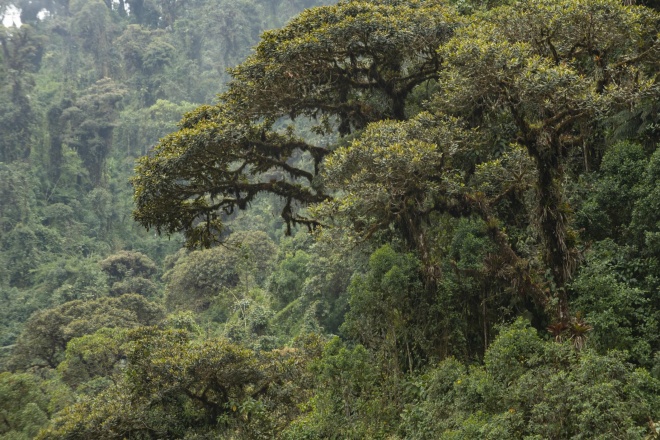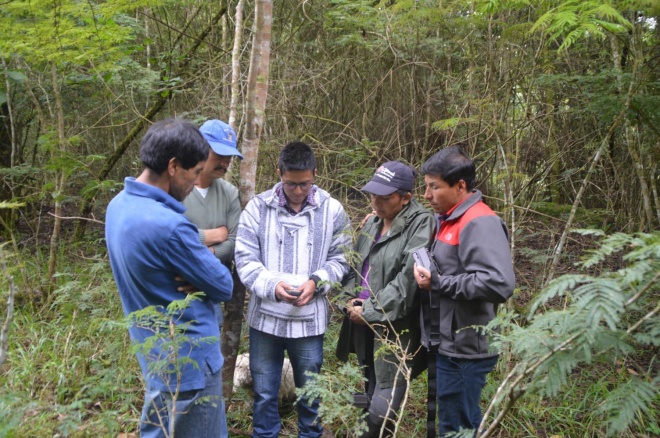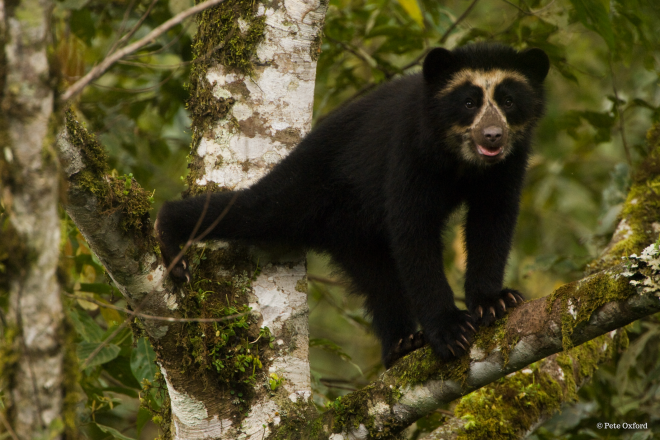The Neblina Reserve cloud forest
The Neblina Reserve consists of over 3,000 hectares of threatened tropical montane cloud forest in north-west Ecuador.
A unique, extremely diverse and threatened ecosystem, tropical montane cloud forests occur on humid mountain slopes where topography generates conditions for ground level clouds. They play an important role in the water cycle, capturing the water and then feeding the streams and rivers.
Teeming with wildlife, this area of forest is unusually rich in orchids and epiphytes alongside endangered animal species such as Andean bears, pumas, ocelots, tapirs, toucans, rare frogs, hummingbirds and the highly endangered black-and-chestnut eagle (Spizaetus isidori).
The Neblina Reserve is located in the Tropical Andes global biodiversity hotspot very close to, and a buffer area for, the Cotacachi Cayapas Ecological Reserve.
